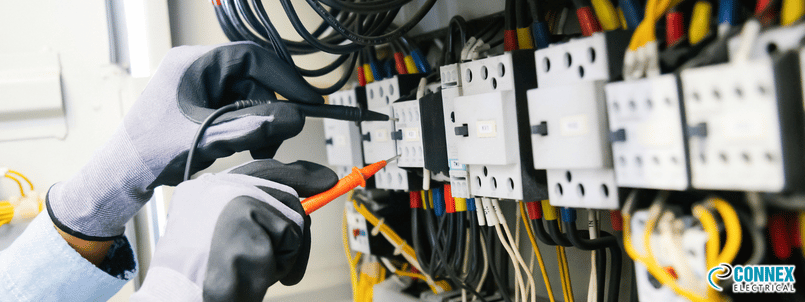Maintaining electrical safety in the workplace is not only essential for protecting employees but also for legal compliance. Electrical test and tag procedures are a key part of workplace safety, helping prevent accidents, identify hazards, and ensure equipment meets Australian Standards AS/NZS 3760:2022. Here’s everything you need to know to implement effective test and tag practices.
What is Electrical Test and Tag?
Test and Tag involves inspecting and testing electrical appliances to ensure they are safe for use.
It includes two key steps:
- Visual Inspection: Checking the appliance for visible signs of wear or damage.
- Electrical Testing: Using a Portable Appliance Tester (PAT) to test the device for functionality and safety.
After testing, a tag is attached to the appliance, detailing the test date, next test due, and the tester’s information, making it clear that the item has been deemed safe for use.
Why is Test and Tag Important?
The primary purpose of test and tag is to reduce risks associated with electrical equipment in the workplace. Here’s why it’s crucial:
- Accident Prevention: Regular testing helps identify and correct faults before they can cause harm.
- Legal Compliance: Adhering to AS/NZS 3760 standards protects businesses from liability and ensures compliance with workplace safety regulations.
- Asset Protection: Routine testing can extend the lifespan of electrical appliances by identifying issues early on.
Which Appliances Need Testing and Tagging?
Generally, all portable electrical devices that plug into an outlet should be tested and tagged, especially in high-risk environments. Common appliances that need regular testing include:
- Office Equipment: Computers, monitors, printers, photocopiers
- Kitchen Appliances: Kettles, microwaves, refrigerators
- Power Tools: Drills, saws, sanders, grinders
- Climate Control Devices: Fans, heaters, air conditioners
Testing is especially crucial for appliances in construction sites, factories, and workshops where they are exposed to wear and higher risk of damage.
How Often Should Testing and Tagging Be Conducted?
The frequency of testing varies based on the type of appliance and the environment in which it’s used:
In Every 3 Months: Construction site equipment
In Every 6 Months: Equipment in factories, workshops, or areas with high risk
In Annually: Office and residential appliances used in standard environments
In Every 5 Years: Stationary equipment that isn’t frequently moved or exposed to wear, like server room equipment
Step-by-Step Guide to the Test and Tag Process
To ensure workplace safety, here is a step-by-step guide to properly test and tag electrical equipment:
Step 1: Visual Inspection
Carefully inspect the appliance, plug, and cord for any visible wear, damage, or faults.
Step 2: Electrical Testing
Use a Portable Appliance Tester (PAT) to conduct essential tests, including earth continuity, insulation resistance, and polarity checks to ensure the appliance functions safely.
Step 3: Tagging
Once the appliance passes the test, attach a durable, non-reusable tag. The tag should detail the test date, next due date, and tester’s details for easy reference.
Step 4: Documentation
Keep a log of all test results for compliance and future auditing. This record is essential for maintaining a history of the appliance’s safety checks.
Who is Qualified to Perform Test and Tag?
Test and tag should be conducted by a qualified and competent person, typically a trained technician or licensed electrician. This person should be familiar with the AS/NZS 3760 standard and understand how to use test equipment accurately. For professional test and tag services in Au you can Contact Us.
FAQs
Q1: Is Testing and Tagging Mandatory?
Q2: What if an Appliance Fails the Test?
Q3: How Can I Tell If an Appliance Needs Re-Testing?
Q4: Can Employees Perform Test and Tag?
Conclusion
Regular electrical test and tag is a critical step toward ensuring workplace safety and compliance with Australian standards. Following AS/NZS 3760:2022 guidelines helps identify potential hazards, reduces risks, and fosters a secure work environment.
For professional test and tag services, contact Connex Electrical. Our certified technicians ensure that your workplace is compliant and your employees are protected.

